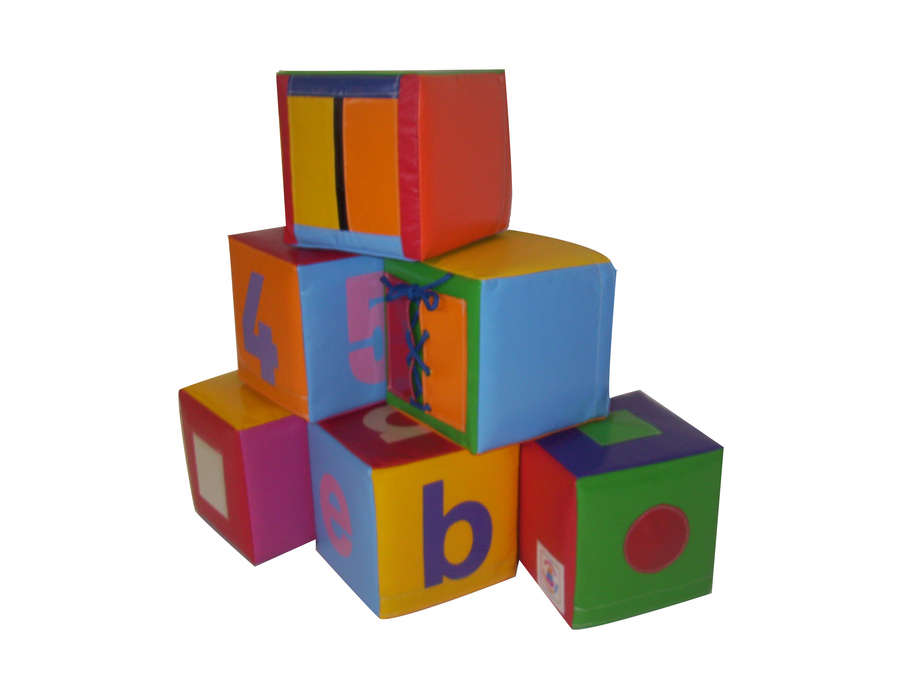
Lock boxes are also lots of fun and great for really getting those fine motor skills, hand-eye coordination and dexterity working. An activity walker is also excellent for this age group. For example, if they can already count to 5 choose one with higher numbers, and if they are starting to recognise letters pick one that has the alphabet. You know your child best so try and choose something that suits their level of development.

Activity cubes for toddlersįrom about 18 months little ones are really beginning to develop their hand-eye coordination and problem-solving skills, making this a great age for activity cubes and busy boards. Soft cubes are great at this age as well as they are light, easy to hold, and yet still offer lots of different sensory activities and experiences. They can get food into their mouths and they can start to figure out some of the more basic elements of an activity cube. Once your little one can sit unaided they also usually have an interest in grabbing and playing with toys and have some level of coordination. Many activity cubes are aimed at children of 12 months and above but there are some that can be great for even smaller babies. For example, activity cubes designed for infants may have larger buttons and other elements that are easy for small hands to grasp and manipulate.Īctivity cubes for older children may have more complex activities and features, such as gears to turn or puzzles to solve. However, it is important to choose an age-appropriate activity cube for your child. In general, activity cubes are typically recommended for children who are at least 6 months old, as this is the age at which most babies are able to sit up on their own and begin exploring their surroundings.Īctivity cubes are designed to provide children with a variety of engaging and interactive activities that can support their development.Īt around 6 months old, babies are typically starting to develop their fine motor skills and hand-eye coordination, and activity cubes can provide them with fun and stimulating ways to practice these skills. The age at which you should buy an activity cube for your child will depend on their individual development and abilities. You just need to make sure you pick one that has enough complexity to keep your little one entertained without being too complex so that they get frustrated and lose interest before they master the skills.Ģ.3 Building Blocks At What Age Should You Buy an Activity Cube? They learn about problem-solving, hand-eye coordination, object permanence, they recognise shapes and learn colours and counting.Ī good activity cube can help with all these skills and more. They learn about cause and effect for example when they shake a rattle it makes a sound or when they drop their cup on the floor mummy makes a sound.

They learn that they can grab at things and move them.

From the moment they are born children are constantly learning, and from about the age of six months toys become an important part of that process.

The idea is that they offer lots of different activities for your little one to enjoy in one compact toy, and generally, they don’t have too many loose pieces to get lost of swallowed, which may be why they are so popular in the waiting rooms of doctors and dentists.Īnother reason you might see them in waiting rooms and community spaces up and down the country is that they offer so many developmental opportunities for your little one. Sensory balls, stacking toys, soft toys, rattles, and board books can be alternatives to an activity cubes. Activity cubes are typically recommended for children who are at least 6 months oldĬhoosing an age-appropriate activity cube can support children’s developmental skills


 0 kommentar(er)
0 kommentar(er)
